Ten years ago, when Jacky Chan (
How things have changed.
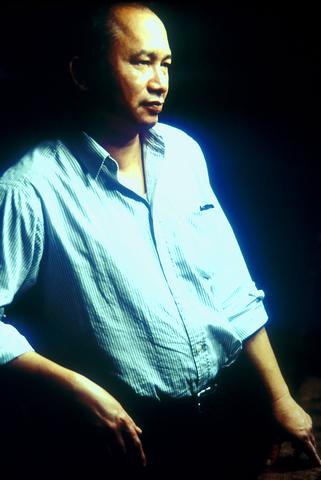
PHOTO: UIP
Now, few Hollywood action films are complete without the high-wire acrobatics and sophisticated fight choreography that has made Hong Kong's directors the darlings of the box office.
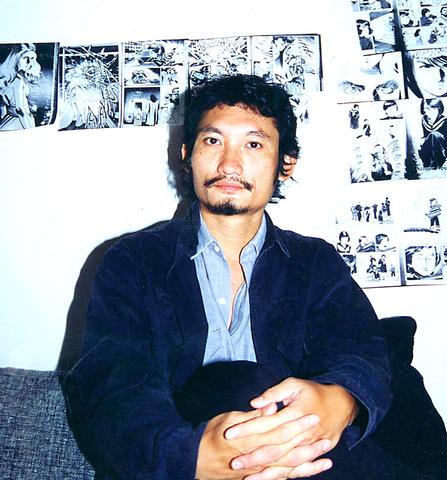
PHOTO: COURTESY OF BUENA VISTA
In the early days of Hong Kong film releases in the US, Jacky Chan was described as "the action star who does stunts himself," and John Woo's unique style was described in bland, uninspiring phrases such as "things you've never seen before."
Now we have the "aesthetic of violence" and the increasingly sophisticated use of wire-assisted stunt movements that gave Ang Lee's Crouching Tiger, Hidden Dragon (
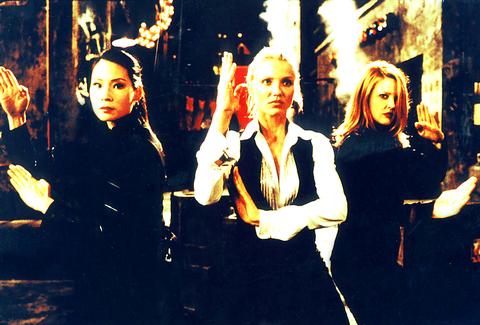
PHOTO: COURTESY OF BUENA VISTA
Western audiences have first come to accept, and then to crave, the choreographed fight sequences that have long been part of the Chinese martial arts or kung fu genre. The superheros of X-Men and Keanu Reeves in The Matrix, got things started, and with Drew Barrymore, Cameran Diaz and Lucy Liu of Charlie's Angles performing the kung fu moves previously the exclusive domain of Hong Kong kick'em ups, the trend is clearly on the rise.

PHOTO: COURTESY OF TFF
And now Angelina Jolie, Hollywood's most wanted actress, is set to follow suit with a new range of wire-assisted stunts as she plays computer game sex-kitten Lara Croft in a film adaptation of the highly successful action-adventure game Tomb Raider.
But the ultimate sign of the genre's hold on the American public's imagination is the unprecedented success of Lee's Crouching Tiger.
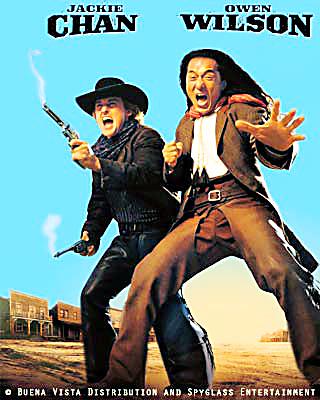
PHOTO: UIP
The film has been packing in US viewers, who are notoriously difficult to satisfy as far as foreign-language films are concerned. Many of them are there to see the exquisitely designed fight scenes, including trademark flying through the air, running up walls and swaying atop bamboo, coordinated by Hong Kong martial art master Yuan Wo-ping (袁和平).
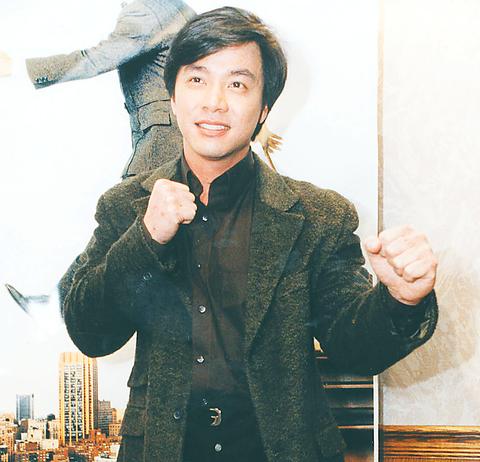
FILE PHOTO
"Almost every new Hollywood [action] film is using wire stunts," according to film critic Chris Wang (王志成).
But it isn't just the kung fu moves and the wire-assisted stunts used by the Hong Kong film industry that appeals to Hollywood. In a recent article entitled "Hollywood Movie, Made in Hong Kong," Wang said that Hollywood is also appropriating the narrative style and genre distinctions of Hong Kong cinema, not to mention some of its best acting and technical talent as well.
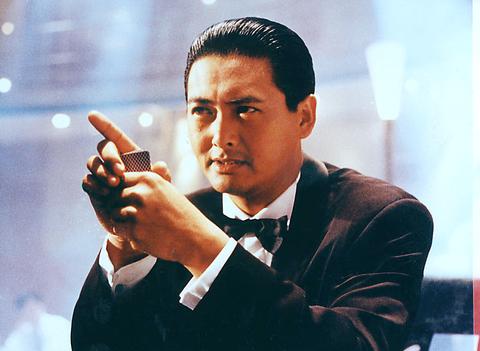
FILE PHOTO
According to Wang, director Quentin Tarantino was one of the key people in bringing the gospel of Hong Kong action film making to Hollywood. Before shooting to stardom with Reservoir Dogs and Pulp Fiction, Tarantino worked for a video rental store and become a connoisseur of Hong
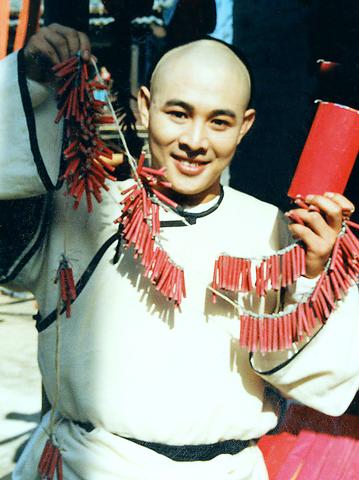
FILE PHOTO
Kong gangster films of the 1980s. After the huge success of Pulp Fiction, his praise of Hong Kong filmmakers Tsui Hark (
In fact, Tarantino owed such a large artistic debt to Hong Kong films that, according to Wang, NY film school students claimed that he lifted sections of Reservoir Dogs from City on Fire by Ringo Lam (
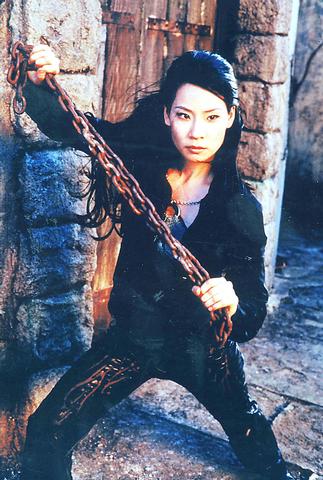
PHOTO: COURTESY OF BUENA VISTA
Films by Tsui Hark such as Peking Opera Blues (
These films, which were often a hybrid of diverse elements, became cult classics of the type Tarantino watched as a video store clerk.
"These films have similar narrative and staging method as Hollywood, even copying some classic scenes from Western films," Wang said.
This tiny foothold in the US market was subsequently reinforced by the shift of popular directors and stars to Hollywood. This was partly a result of film industry jitters over censorship and a slump in the industry generally that preceded reunification with China.
"For these filmmakers, a major difference working in the US environment was to adjust to the director-as-hire system," Wang said.
Under this system, Hong Kong directors were at the mercy of the scripts the studios might offer them. Wang said that being forced into this more passive position in the creative process accounted for the failure of films like the Jean Claude van Damme vehicles Knock Off and Double Team, by Tsui Hark, in spite of his reputation for turning out hits in Hong Kong.
Tsui is a good example of how the relationship between the Hong Kong and US film industries has changed over the years.
"The relationship between Hong Kong and Hollywood is very interesting. In the 1980s, it was Hong Kong imitating Hollywood. Now, it is Hollywood imitating Hong Kong," Wang said.
To make Zu: Warriors from the Magic Mountain (
In many cases, however, the two genres are feeding off each other.
Jackie Chan's Armor of God (
"Hong Kong's filmmaking is like cooking a chop-suey dish -- you mix everything up. This is related to the way Hong Kong movies are made -- it is collective creativity," said Wang. On the other hand, mixed-genre films have been much less common in the West.
But Hollywood has a long history of allowing talented individuals to change the face of movie making -- from Charlie Chaplin to Alfred Hitchcock to French New Wave; now it is the turn of the Hong Kong action spectacular.
"There is nothing novel that Hollywood cannot take. After accepting it, Hollywood lets it survive based on market results. It is very cruel, but a very healthy dynamic balance," said Wang.
So while the Hong Kong film industry might be on its deathbed, Hong Kong-style filmmaking will never die. It will simply be reincarnated as part of a new-looking Hollywood feature.
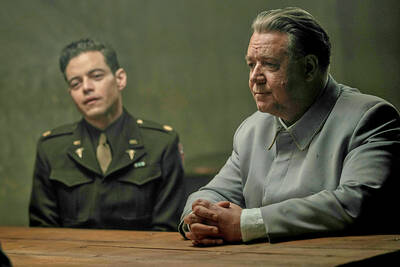
The Nuremberg trials have inspired filmmakers before, from Stanley Kramer’s 1961 drama to the 2000 television miniseries with Alec Baldwin and Brian Cox. But for the latest take, Nuremberg, writer-director James Vanderbilt focuses on a lesser-known figure: The US Army psychiatrist Douglas Kelley, who after the war was assigned to supervise and evaluate captured Nazi leaders to ensure they were fit for trial (and also keep them alive). But his is a name that had been largely forgotten: He wasn’t even a character in the miniseries. Kelley, portrayed in the film by Rami Malek, was an ambitious sort who saw in

It’s always a pleasure to see something one has long advocated slowly become reality. The late August visit of a delegation to the Philippines led by Deputy Minister of Agriculture Huang Chao-ching (黃昭欽), Chair of Chinese International Economic Cooperation Association Joseph Lyu (呂桔誠) and US-Taiwan Business Council vice president, Lotta Danielsson, was yet another example of how the two nations are drawing closer together. The security threat from the People’s Republic of China (PRC), along with their complementary economies, is finally fostering growth in ties. Interestingly, officials from both sides often refer to a shared Austronesian heritage when arguing for

Among the Nazis who were prosecuted during the Nuremberg trials in 1945 and 1946 was Hitler’s second-in-command, Hermann Goring. Less widely known, though, is the involvement of the US psychiatrist Douglas Kelley, who spent more than 80 hours interviewing and assessing Goring and 21 other Nazi officials prior to the trials. As described in Jack El-Hai’s 2013 book The Nazi and the Psychiatrist, Kelley was charmed by Goring but also haunted by his own conclusion that the Nazis’ atrocities were not specific to that time and place or to those people: they could in fact happen anywhere. He was ultimately

Last week gave us the droll little comedy of People’s Republic of China’s (PRC) consul general in Osaka posting a threat on X in response to Japanese Prime Minister Sanae Takaichi saying to the Diet that a Chinese attack on Taiwan may be an “existential threat” to Japan. That would allow Japanese Self Defence Forces to respond militarily. The PRC representative then said that if a “filthy neck sticks itself in uninvited, we will cut it off without a moment’s hesitation. Are you prepared for that?” This was widely, and probably deliberately, construed as a threat to behead Takaichi, though it